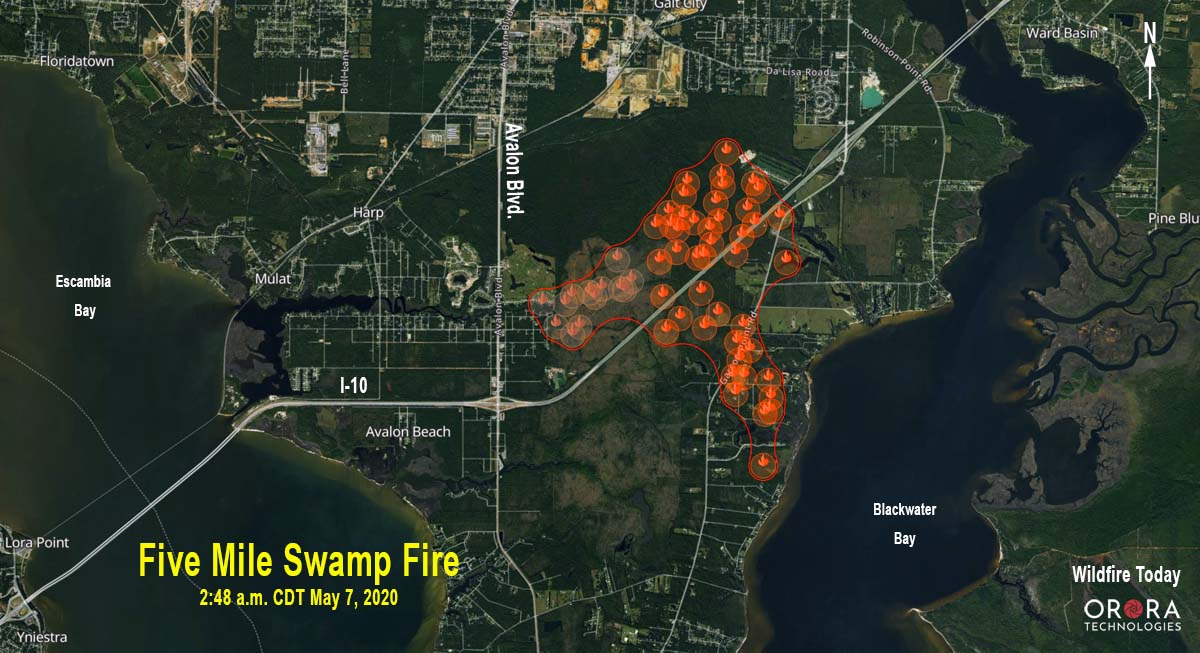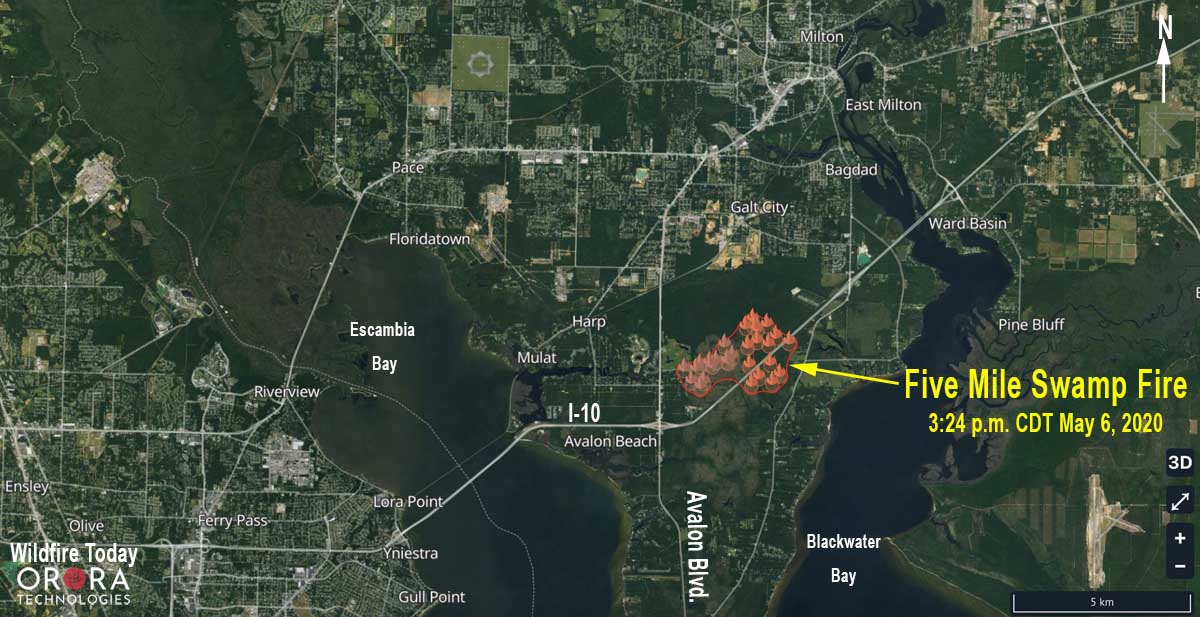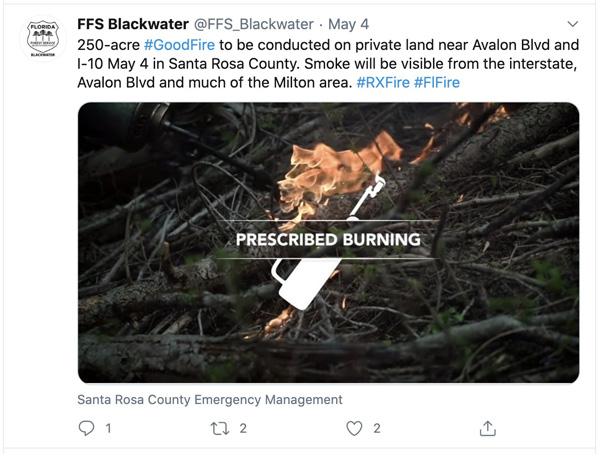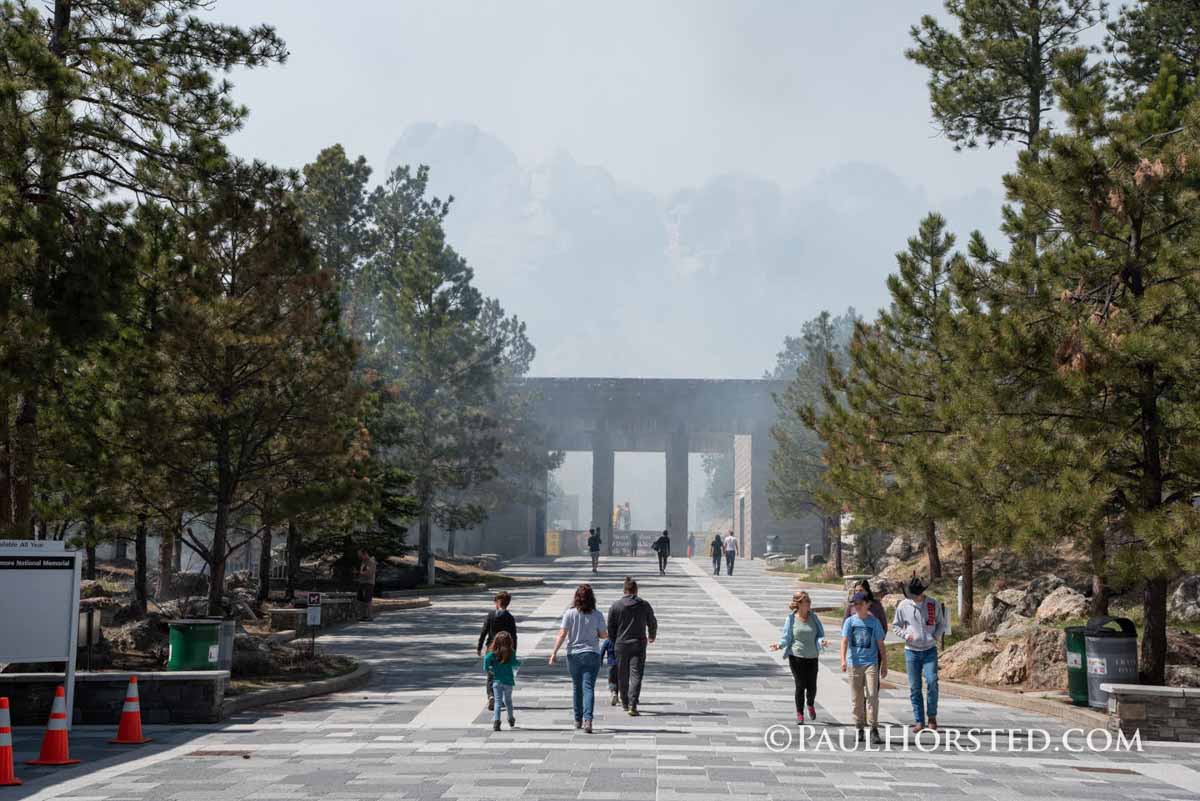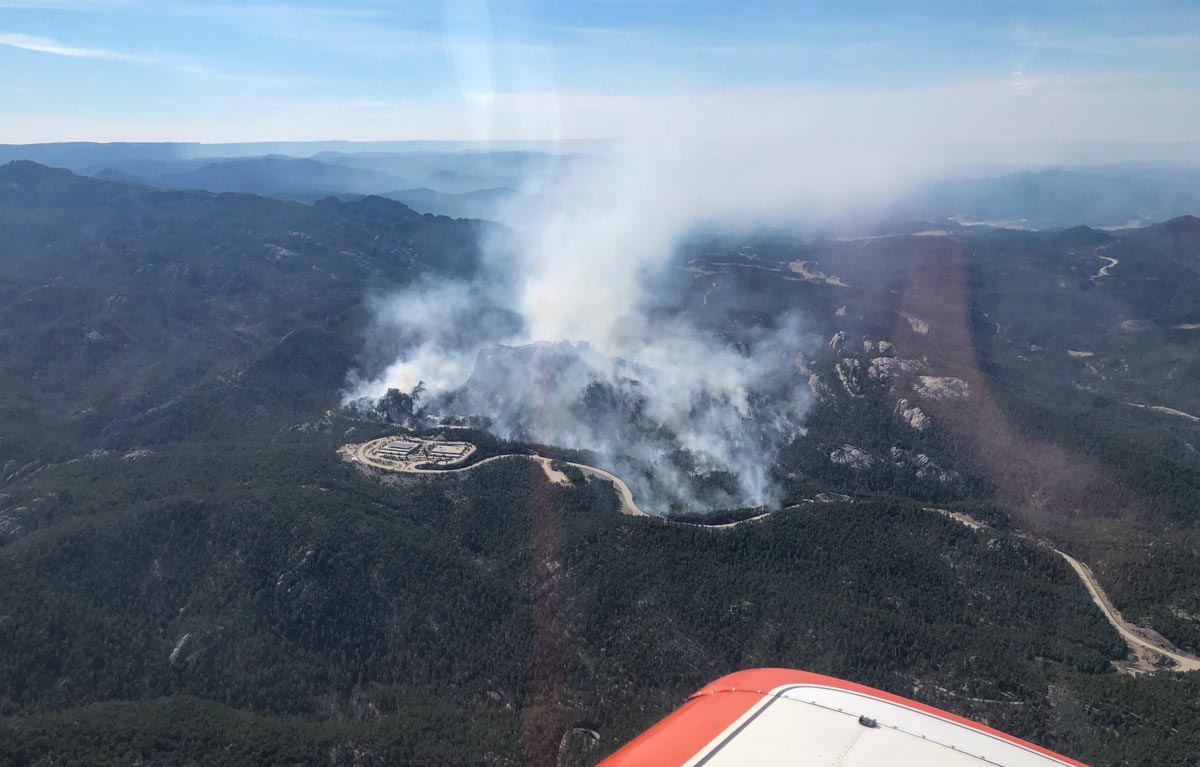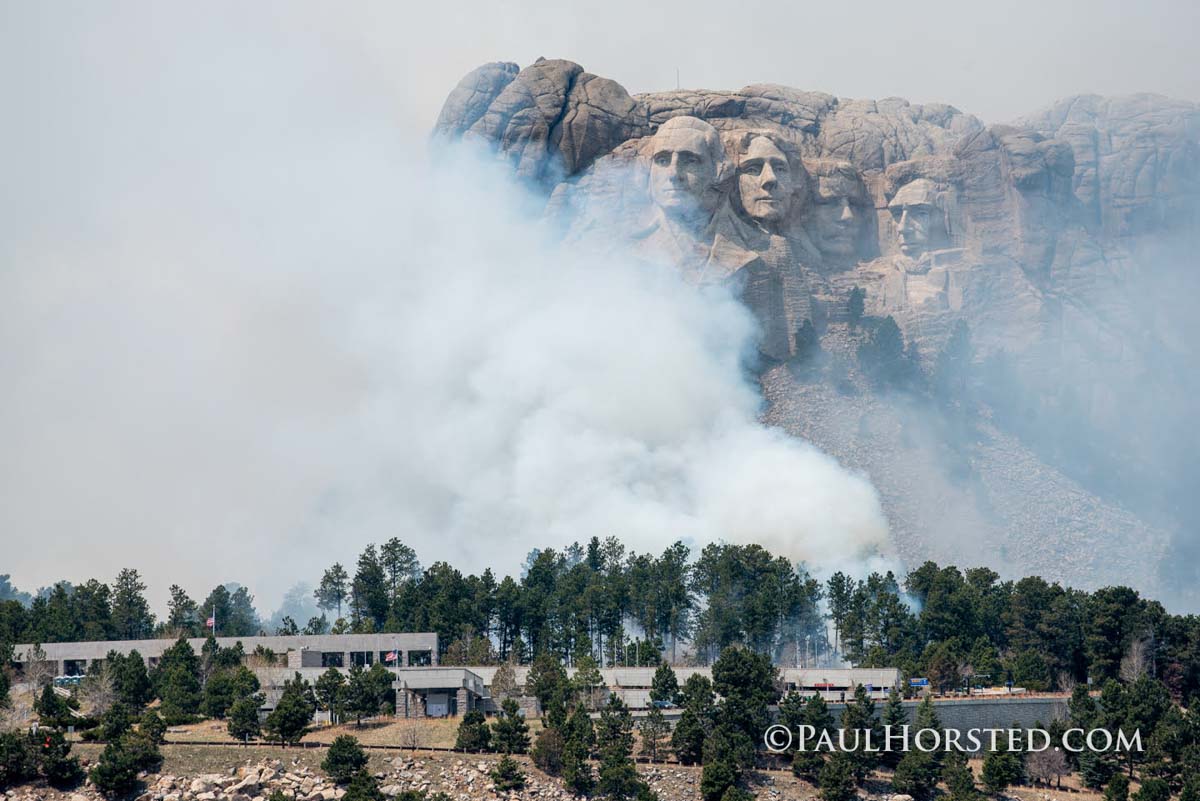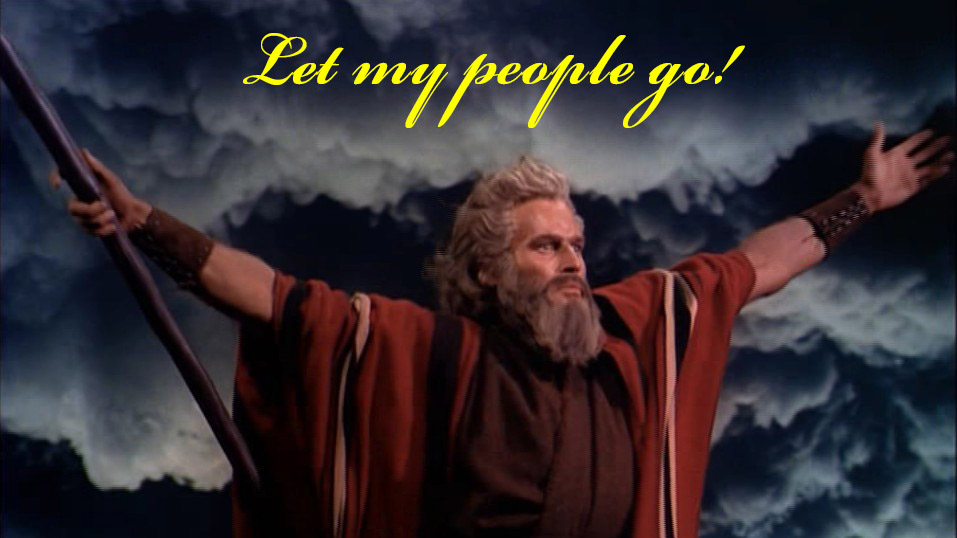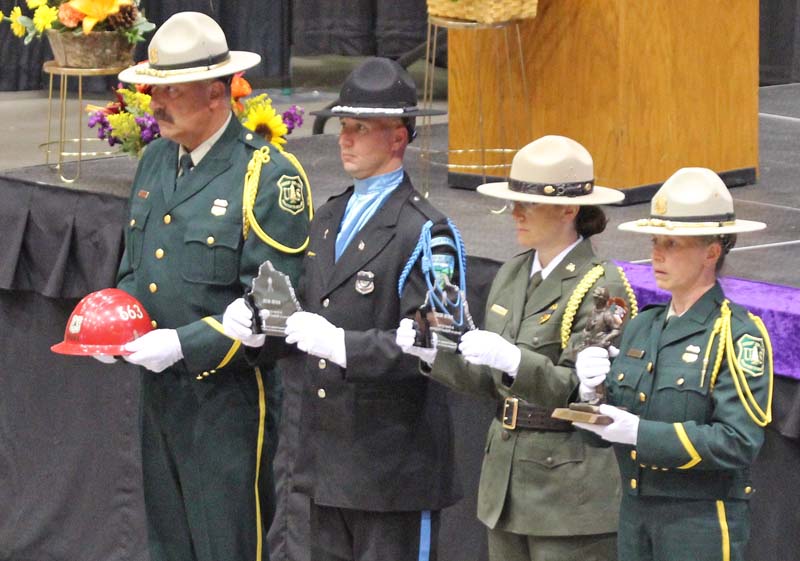
A bipartisan group of senators has introduced a bill to ensure families of public safety officers lost to COVID-19 can quickly access survivor benefits.
(UPDATE at 10:40 a.m. MDT May 15, 2020: the Senate passed the bill. Now it goes to the House of Representatives)
The Safeguarding America’s First Responders Act (SAFR), led by senators Chuck Grassley (R-Iowa) and Cory Booker (D-N.J.), clarifies the certification requirements for survivor benefits under the Public Safety Officers Benefits Program (PSOB) to account for the unique challenges presented by the pandemic. The legislation is cosponsored by Senators Cruz (R-Texas), Feinstein (D-Calif.), Tillis (R-N.C.), Coons (D-Del.), Daines (R-Mont.), Gillibrand (D-N.Y.), Scott (R-Fla.), Menendez (D-N.J.), Loeffler (R-Ga.), Blumenthal (D-Conn.), Moran (R-Kan.) and Chuck Schumer (D-N.Y.).
The PSOB program provides the families of public safety officers who are killed in the line of duty with a one-time lump sum payment of $359,316 and/or education assistance of $1,224.00 per month to their children or spouse. Wildland firefighters who work for the federal agencies are included in the PSOB program.
Infectious diseases are covered under a line-of-duty death as long as evidence indicates that the infectious disease was contracted while on duty. Providing evidence that a deadly disease was contracted on duty can be straightforward in instances where an officer comes into contact with a dirty needle, however in the case of COVID-19, it can be very difficult to provide evidence that the virus was contracted on duty.
What the bill does:
- Creates a presumption that if a first responder is diagnosed with COVID-19 within 45 days of their last day on duty, the Department of Justice will treat it as a line of duty incident.
- The presumption will guarantee payment of benefits to any first responder who dies from COVID-19 or a complication therefrom.
- The presumption will run from January 1, 2020 through December 31, 2021.
- The presumption will require a diagnosis of COVID-19 or evidence indicating that the officer had COVID-19 at the time of death. This covers officers in high impact areas where finding tests can be difficult.
Another proposal – Hazard pay
A group of 19 Senators have sent letters to the Office of Personnel Management and the Office of Management and Budget requesting 25 percent hazard pay for federal employees in essential positions whose jobs cannot be accomplished while maintaining social distancing recommendations
The letter is below:
2020-05-05 Senators Letter … by FedSmith Inc. on Scribd
Firefighters that are already victims of COVID-19
Victor Stagnaro of the National Fallen Firefighters Foundation said on May 8, 2020 they are tracking 26 people connected with fire departments and 30 Emergency Medical Services personnel whose deaths appear to be caused by COVID-19.
Thanks and a tip of the hat go out to Jim. Typos or errors, report them HERE.

